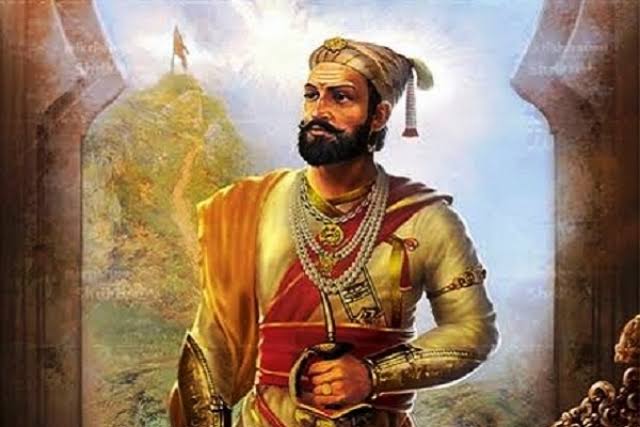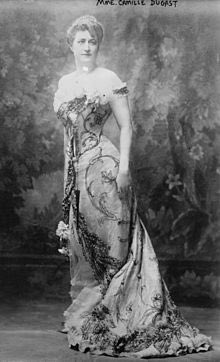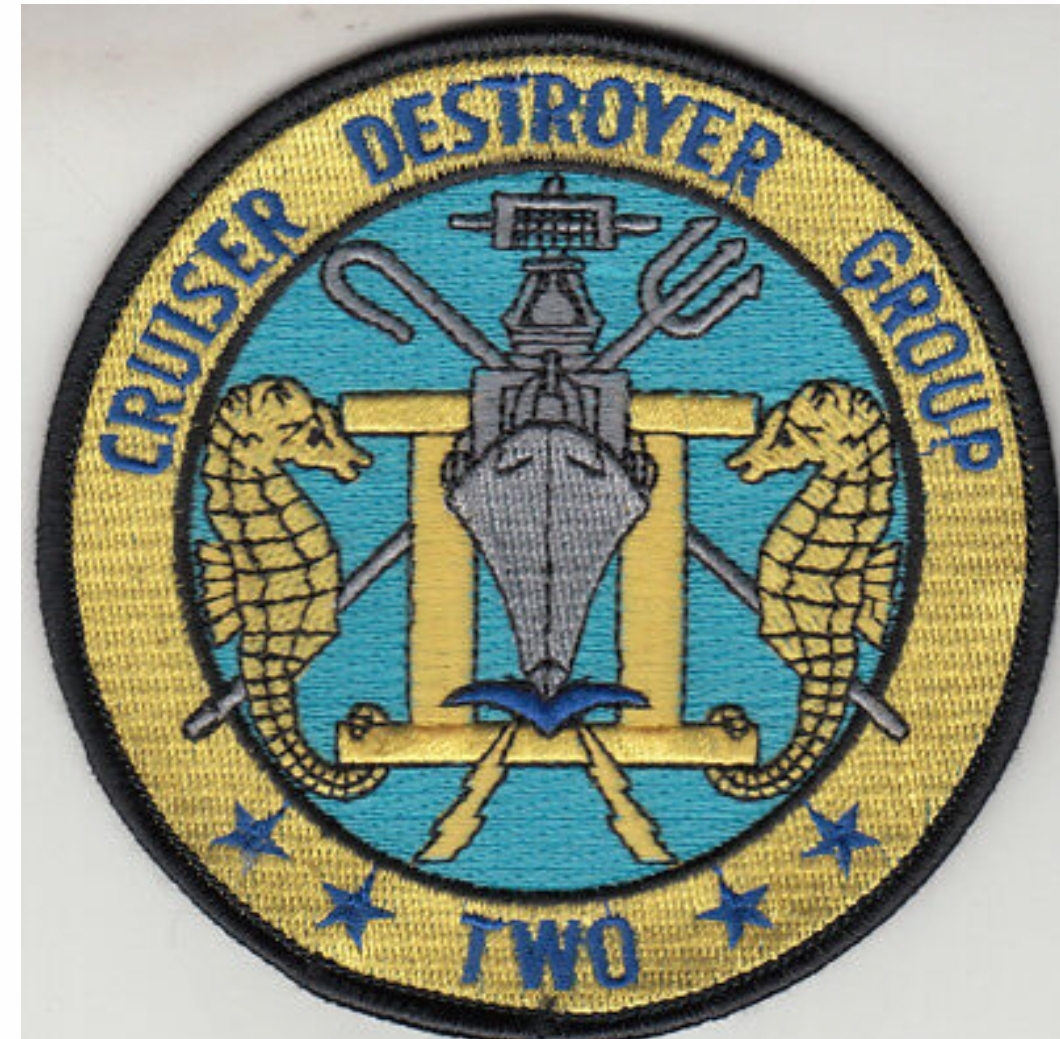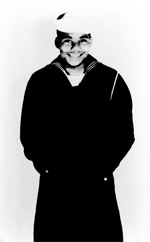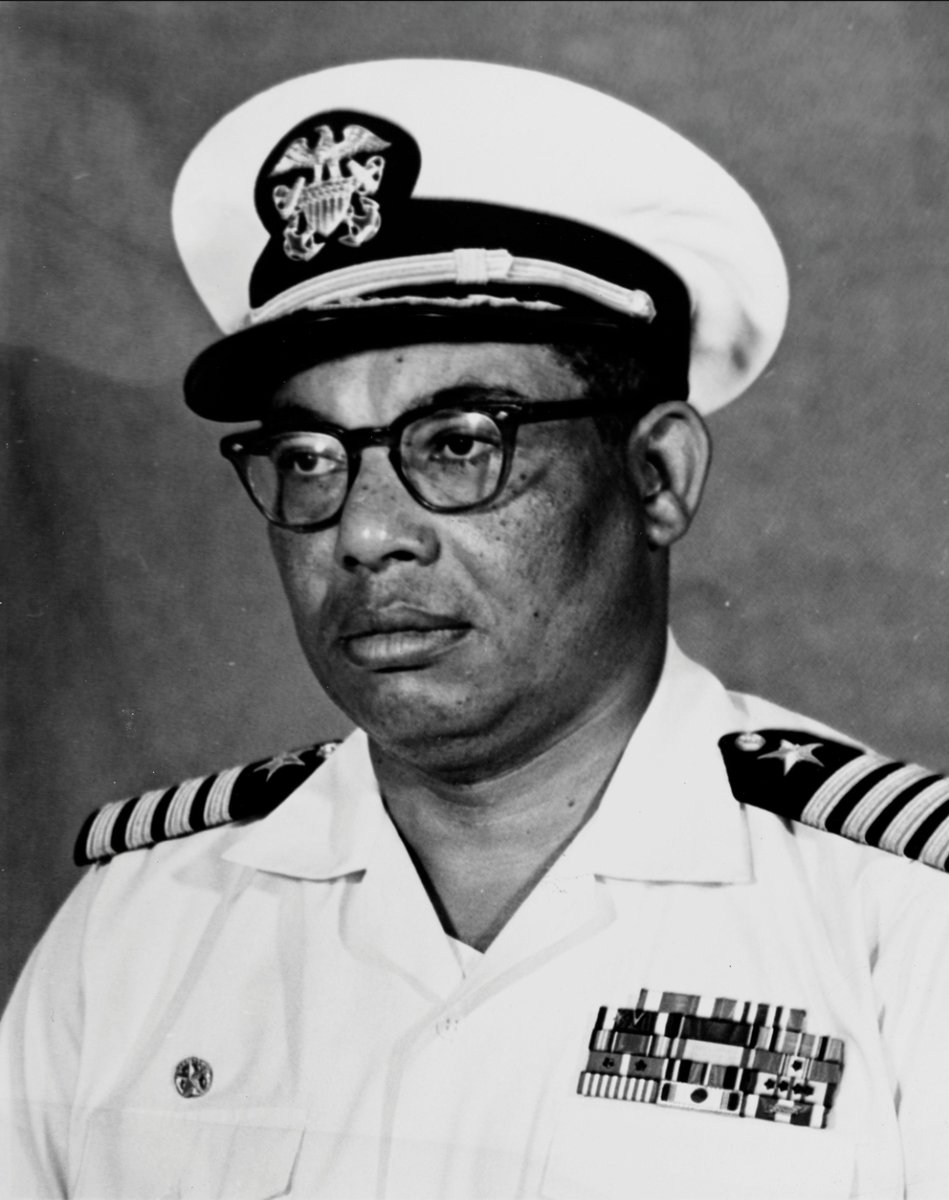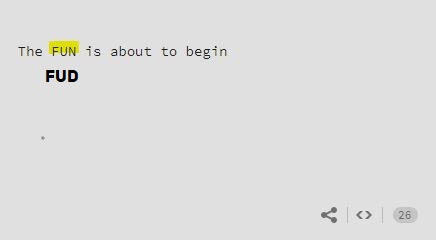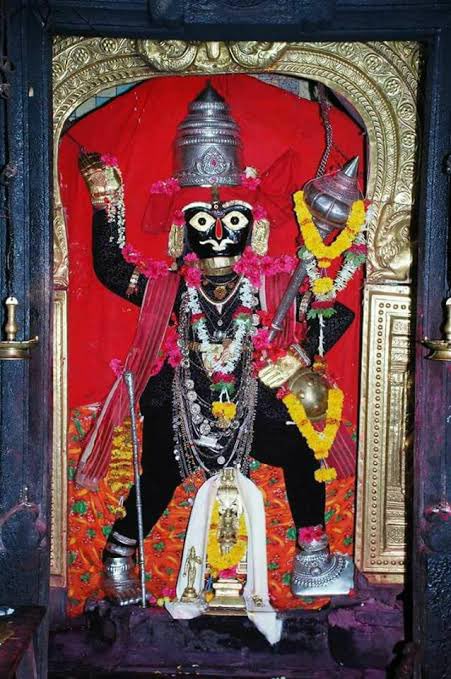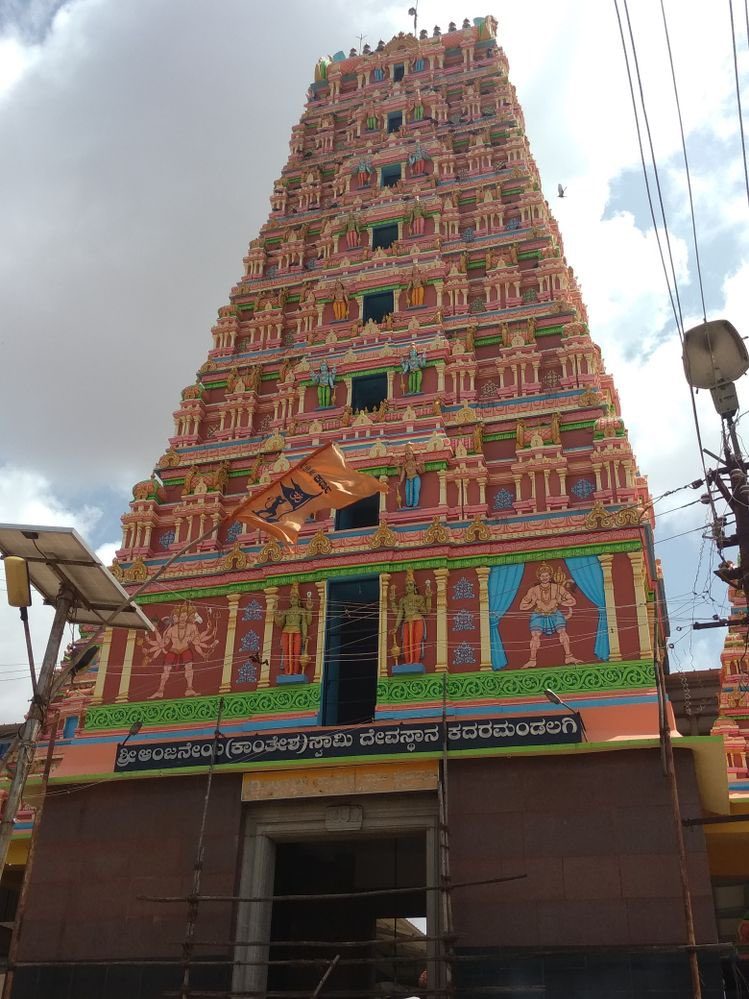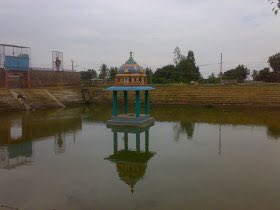#Kanishka I was, the greatest, and certainly the most famous, of the #Kushan kings.
He is known, from the combined testimony of the literary, epigraphic, and numismatic sources, to have ruled over an extensive dominion extending from Bihar in the east to #Khorasan
@atalbrave https://t.co/o9dOqR8bDg

Now, #Kanishka, sometimes known as the great, the most celebrated of #Kushans, the founder of his own era, the great conqueror, the \u2018inventor\u2019 of #Bactrian writing. This will be a language & coin galore. #Afghanistan 1/ kr pic.twitter.com/Ji30OIIZiI
— Afghan Historians (@AfghanHistorian) August 10, 2019
#Kosam inscription dated year 2,
#Sarnath inscription dated year 3,
#Mathur¹ inscription dated year 4,
#Suivihar inscription dated year 11, and
#Manikiala inscription dated year 18.
#AFG

He carved out a principality for himself somewhere in #UttarPradesh, sometime after the death of V’ima #Kadphises.
However, the recently discovered #Rabatak inscription #SurkhKotal shows that he was, in fact, the son and successor of V’ima Kadphises.
Kanishka I attained several military successes in the east.
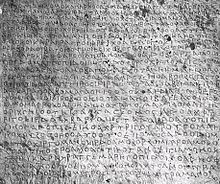
When he returned to his capital, #Purushapura (#Peshawar) from #Magadha, he carried away with him, the begging bowl of the #Buddha, a magical cock, and the Buddhist scholar, #Aoevaghosha.

According to the Rajataraógiòî of Kalhaòa, #Kanishka I conquered #Kashmir.

The OErîdharmapiþaka refers to his expedition against the #Parthians, in which he is reported to have achieved success.

These successes of the #Kushan ruler towards the north made the Chinese wary of his intentions.
According to a legend, Kanishka lamented this failure about the time of his death.
Kanishka I appear to be a devout #Buddhist, who, as per the testimony of #Hiuen-tsang and #Alberuni,
In this Council, #Vasumitra acted as the president, and Pnroeva, as vice-president.
The Council prepared the Vibhashaoeastra commentary on the #Tripiþaka.
@atalbrave
More from History
Thank you so much to the incredible @gregjenner and his team for having me on "You're Dead to Me" and to @kaekurd for being so hilarious and bringing Gilgamesh the restaurant into my life!
Here’s a thread of some of the stuff referenced in the podcast for those interested

First of all, what even is cuneiform?
It’s a writing system from the ancient Middle East, used to write several languages like Sumerian and Akkadian. Cuneiform signs can stand for whole words or syllables. Here’s a little primer of its evolution https://t.co/7CVjLCHwkS
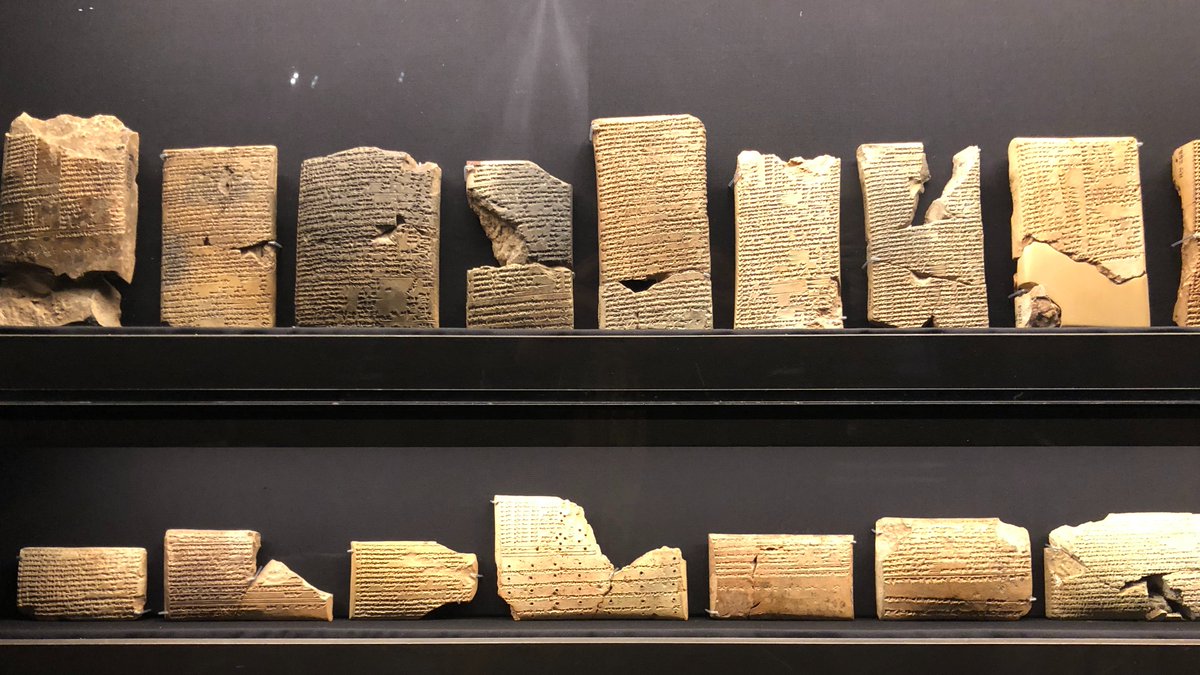
What kinds of texts was cuneiform used to write?
Initially, accounting records and lists.
Eventually, literature, astronomy, medicine, maps, architectural plans, omens, letters, contracts, law collections, and more.
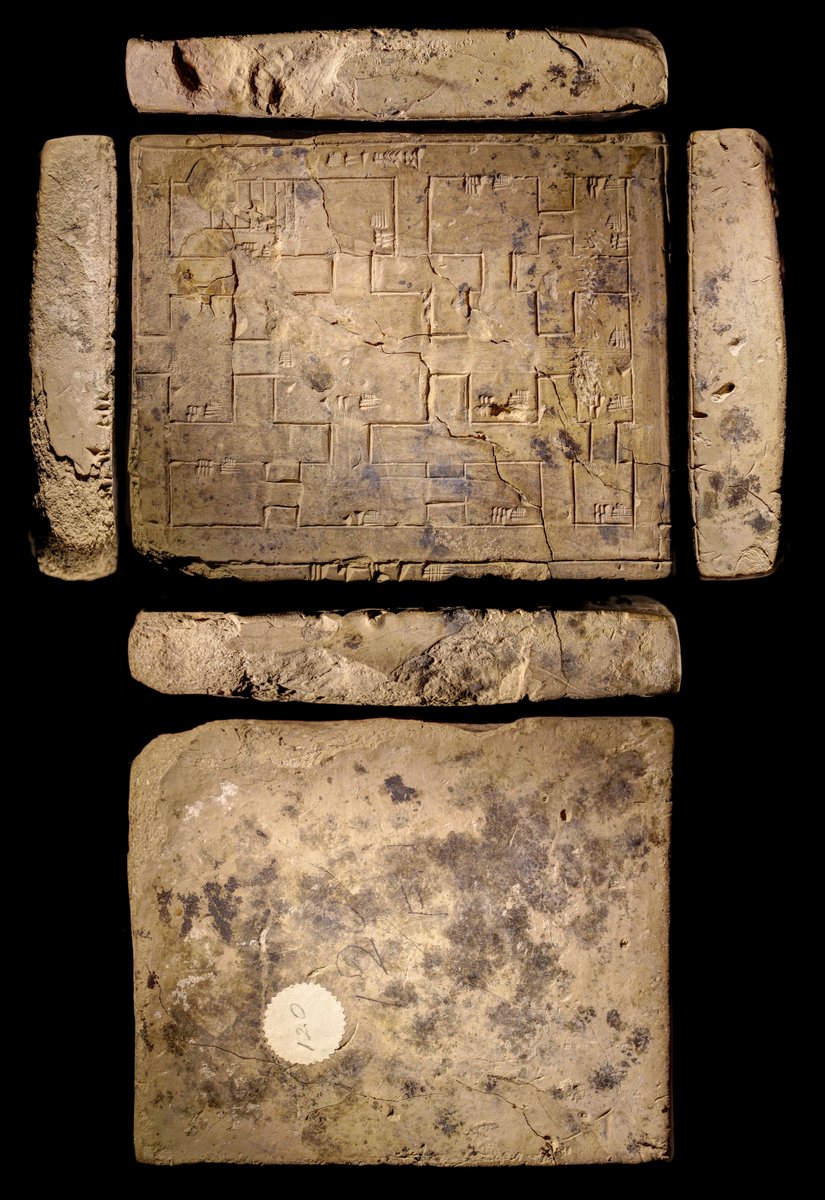
Texts from the Library of Ashurbanipal, who ruled the ancient Assyrian empire when it was at its largest in the 7th century BCE, represent many of the genres of cuneiform texts and scholarship.
Here’s a short intro to the library via @opencuneiform https://t.co/wjnaxpMRrC
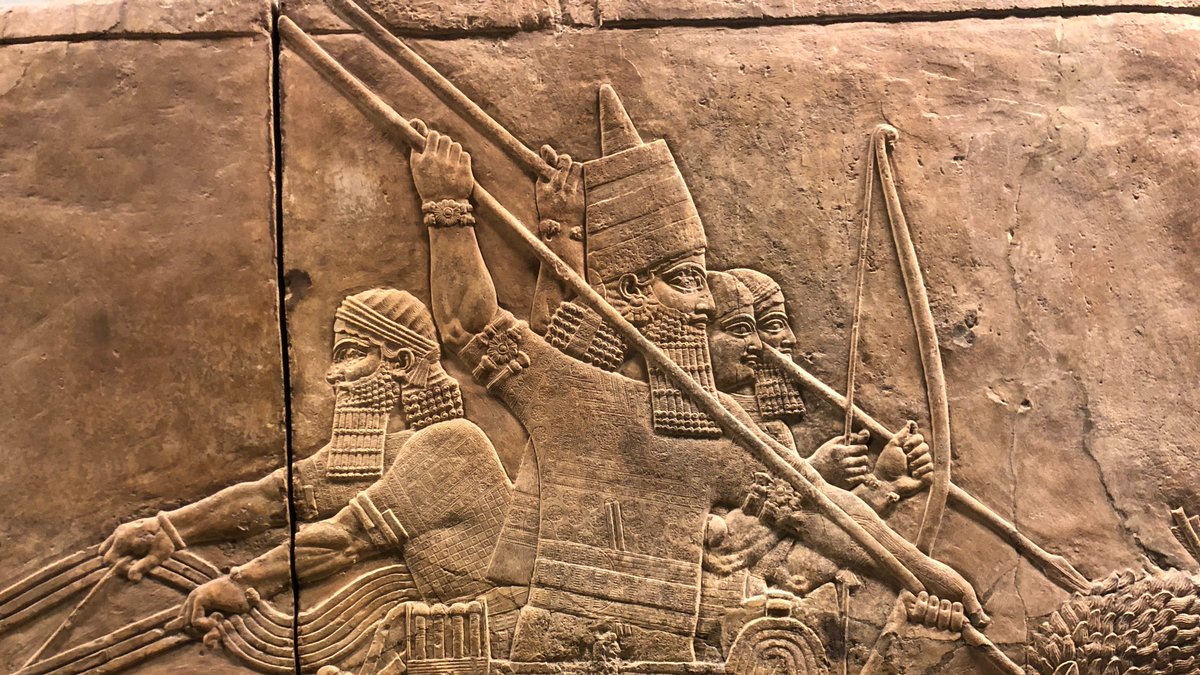
The Library of Ashurbanipal has a complicated modern and ancient history, which you can read about in this brilliant (and open access) book by Prof @Eleanor_Robson
Here’s a thread of some of the stuff referenced in the podcast for those interested

First of all, what even is cuneiform?
It’s a writing system from the ancient Middle East, used to write several languages like Sumerian and Akkadian. Cuneiform signs can stand for whole words or syllables. Here’s a little primer of its evolution https://t.co/7CVjLCHwkS

What kinds of texts was cuneiform used to write?
Initially, accounting records and lists.
Eventually, literature, astronomy, medicine, maps, architectural plans, omens, letters, contracts, law collections, and more.

Texts from the Library of Ashurbanipal, who ruled the ancient Assyrian empire when it was at its largest in the 7th century BCE, represent many of the genres of cuneiform texts and scholarship.
Here’s a short intro to the library via @opencuneiform https://t.co/wjnaxpMRrC

The Library of Ashurbanipal has a complicated modern and ancient history, which you can read about in this brilliant (and open access) book by Prof @Eleanor_Robson
You May Also Like
THREAD PART 1.
On Sunday 21st June, 14 year old Noah Donohoe left his home to meet his friends at Cave Hill Belfast to study for school. #RememberMyNoah💙

He was on his black Apollo mountain bike, fully dressed, wearing a helmet and carrying a backpack containing his laptop and 2 books with his name on them. He also had his mobile phone with him.
On the 27th of June. Noah's naked body was sadly discovered 950m inside a storm drain, between access points. This storm drain was accessible through an area completely unfamiliar to him, behind houses at Northwood Road. https://t.co/bpz3Rmc0wq
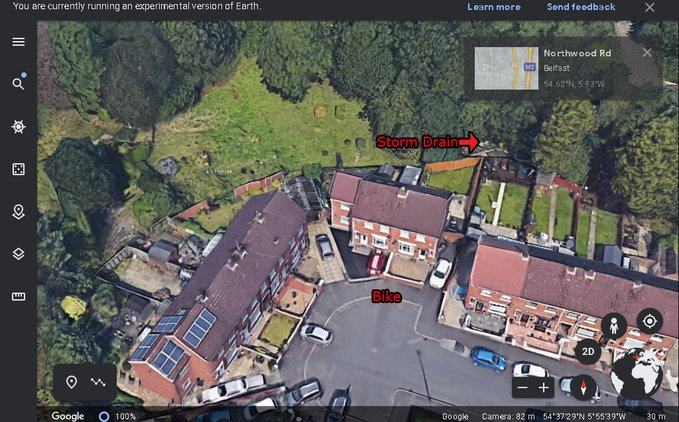
"Noah's body was found by specially trained police officers between two drain access points within a section of the tunnel running under the Translink access road," said Mr McCrisken."
Noah's bike was also found near a house, behind a car, in the same area. It had been there for more than 24 hours before a member of public who lived in the street said she read reports of a missing child and checked the bike and phoned the police.
On Sunday 21st June, 14 year old Noah Donohoe left his home to meet his friends at Cave Hill Belfast to study for school. #RememberMyNoah💙

He was on his black Apollo mountain bike, fully dressed, wearing a helmet and carrying a backpack containing his laptop and 2 books with his name on them. He also had his mobile phone with him.
On the 27th of June. Noah's naked body was sadly discovered 950m inside a storm drain, between access points. This storm drain was accessible through an area completely unfamiliar to him, behind houses at Northwood Road. https://t.co/bpz3Rmc0wq

"Noah's body was found by specially trained police officers between two drain access points within a section of the tunnel running under the Translink access road," said Mr McCrisken."
Noah's bike was also found near a house, behind a car, in the same area. It had been there for more than 24 hours before a member of public who lived in the street said she read reports of a missing child and checked the bike and phoned the police.



